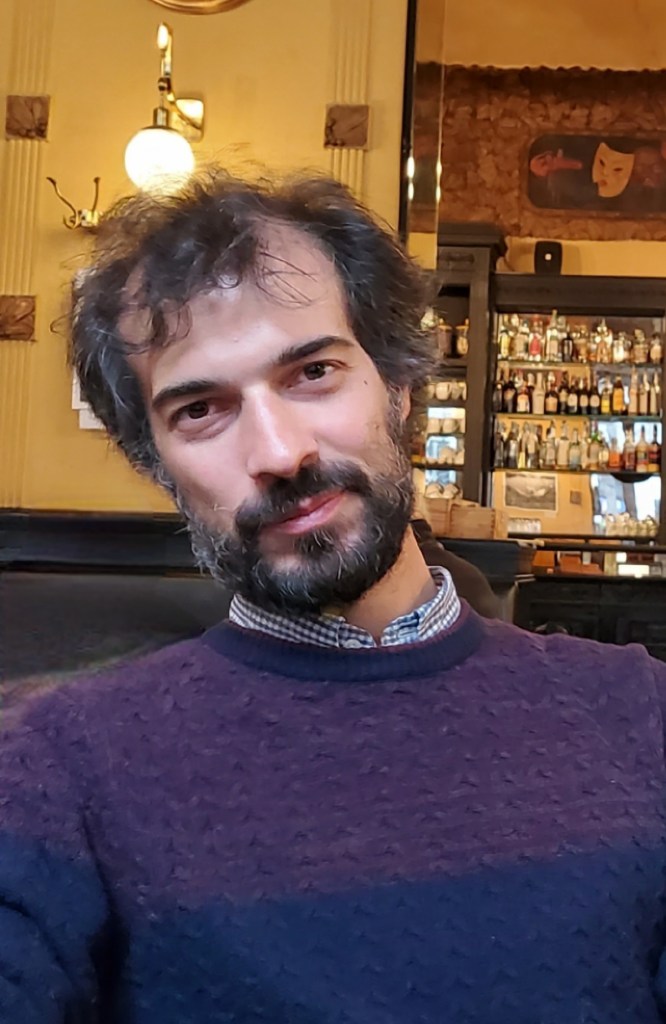Covivio Newsletter
Understanding tomorrow's city
- Find out all the Covivio news every month
- Discover our latest projects: offices, residential, hotels
- Decipher the city and its challenges with our Expert Views
On paper, these cities don’t have much in common. On the one hand, Paris, the capital of a centralised country, is spearheading France’s international ambitions with the goal of becoming a powerful global city rivalling London, New York and Shanghai. On the other hand, Milan, a regional capital and economic bridgeheadof a decentralised country, is carving out a position as a go-to, dynamic and creative challenger.
However, if we look closer, the similarities are not lacking.
First of all, powerful economic momentum has swelled these cities into two of Europe’s largest urban conglomerations: 12 million inhabitants in the Paris region, 8 million in Milan. This rich economic heritage is rooted in history and has left its traces in all world languages. The “bank” was invented by Lombard merchants during the Middle Ages. The word is derived from banca, the wooden counter on which they arranged loans to finance their fabric and leather production. Meanwhile, the concept of “luxury” was invented by Colbert at the beginning of Louis XIV’s reign: the French minister transformed the royal porcelain and tapestry factories into a sophisticated industrial apparatus ready to conquer the world by astutely catering to the privileged classes’ appetite for novelty and recognition, primarily in Paris.
Since the early 2000s, economic and demographic development in both cities has been intense and has “encouraged the establishment of value-added activities”, in the words of Matteo Del Fabbro, researcher in urban studies and associate researcher at Sciences Po. As such, during this era of climate change, the two cities face similar challenges despite their difference in size, i.e. how to become more sustainable and more inclusive while preserving their attractiveness and capacity for innovation.
The first challenge concerns housing and mobility. How can millions of people be accommodated at affordable prices within an acceptable commuting distance from their workplace? Paris has responded to this challenge with a long-term planning initiative involving the creation of a dense public transport network regularly refurbished with financial support from the government. Since 2010, the Greater Paris project has coordinated and supported urban development and transport initiatives ranging from the Canopée des Halles to some 131 municipalities in the Paris region.
Milan, on the other hand, relies on less formal processes, which occasionally leads to delays and stoppages. Paradoxically though, lack of planning makes it more flexible. The city has distinguished itself by tactical urban planning.
Matteo Del Fabbro
Researcher in urban studies and associate researcher at Sciences Po

For example, the Expo 2015 universal exhibition has strengthened the links between Milan and the north-western municipalities of Rho and Pero. More recently, Milan took advantage of the lockdowns to improve traffic conditions between the Corso Buenos Aires, the main city centre shopping street, and the Viale Monza, the gateway to eastern Lombardy.
Going beyond their differences in regulation methods, Paris and Milan have entered a new era marked by environmental protection and diversity. As a result, areas of both cities have been transformed into iconic landmarks: Milan’s new Porta Nuova district with its original design buildings and green spaces, including the famous “bosco verticale” vertical forest, has redrawn the contours of a city with multiple centres. In Paris, the former railway brownfield of Batignolles has been transformed into an eco-district combining green spaces, housing and public buildings connected by a refurbished public transport system, mirroring developments in the Italian city.
But what about the future? In the short term, the cities are linked by their destiny as hosts to the Olympic and Paralympic games. Paris will see the return of the Summer Games to Europe in 2024, while, less than two years later, Milan will host the 2026 Winter Olympics. The Olympic village will be located at the Scalo Di Porta Romana, a disused former sorting station located in south Milan and fully revitalised by Coima SGR, Covivio and Prada Holding S.p.A. Over the longer term, Matteo Del Fabbro expects Paris and Milan to “continue to rediscover elements of their natural heritage”, for example through the redevelopment of the La Bièvre river basin in Paris or the Navigli buried canals in Milan. Both cities are pursuing a simple but bold roadmap: consolidate their status as prosperous and responsible economic and cultural capitals.